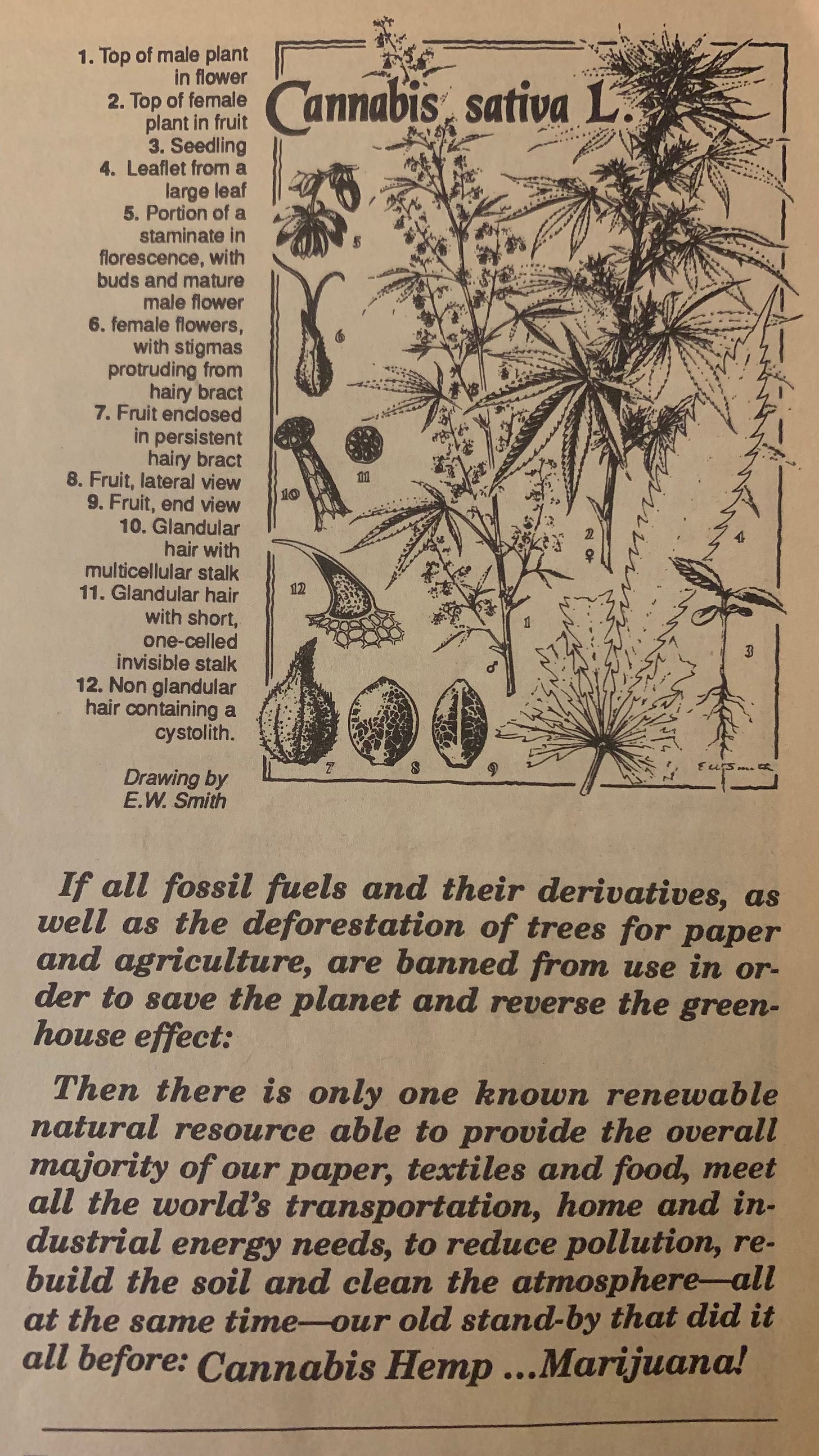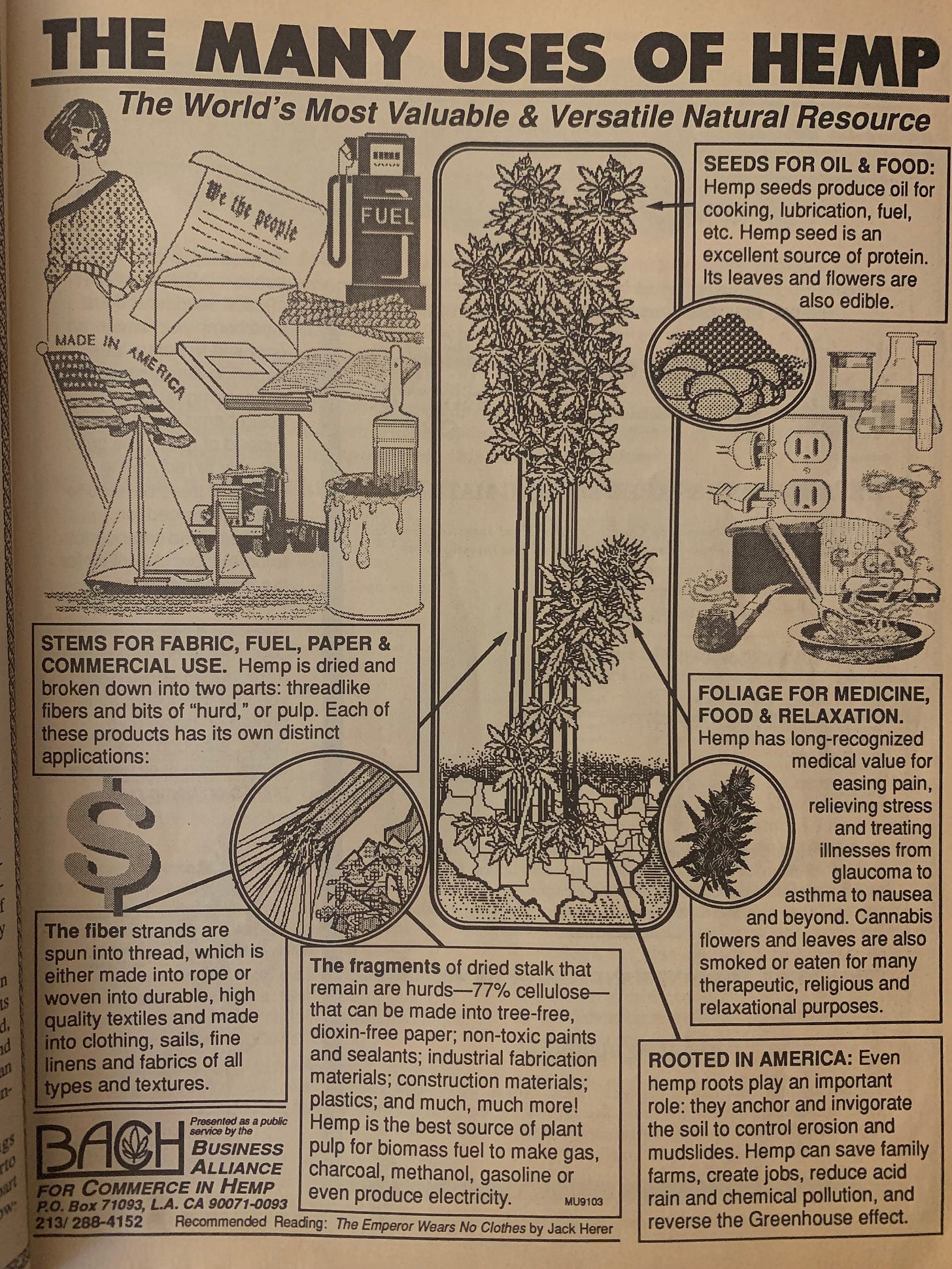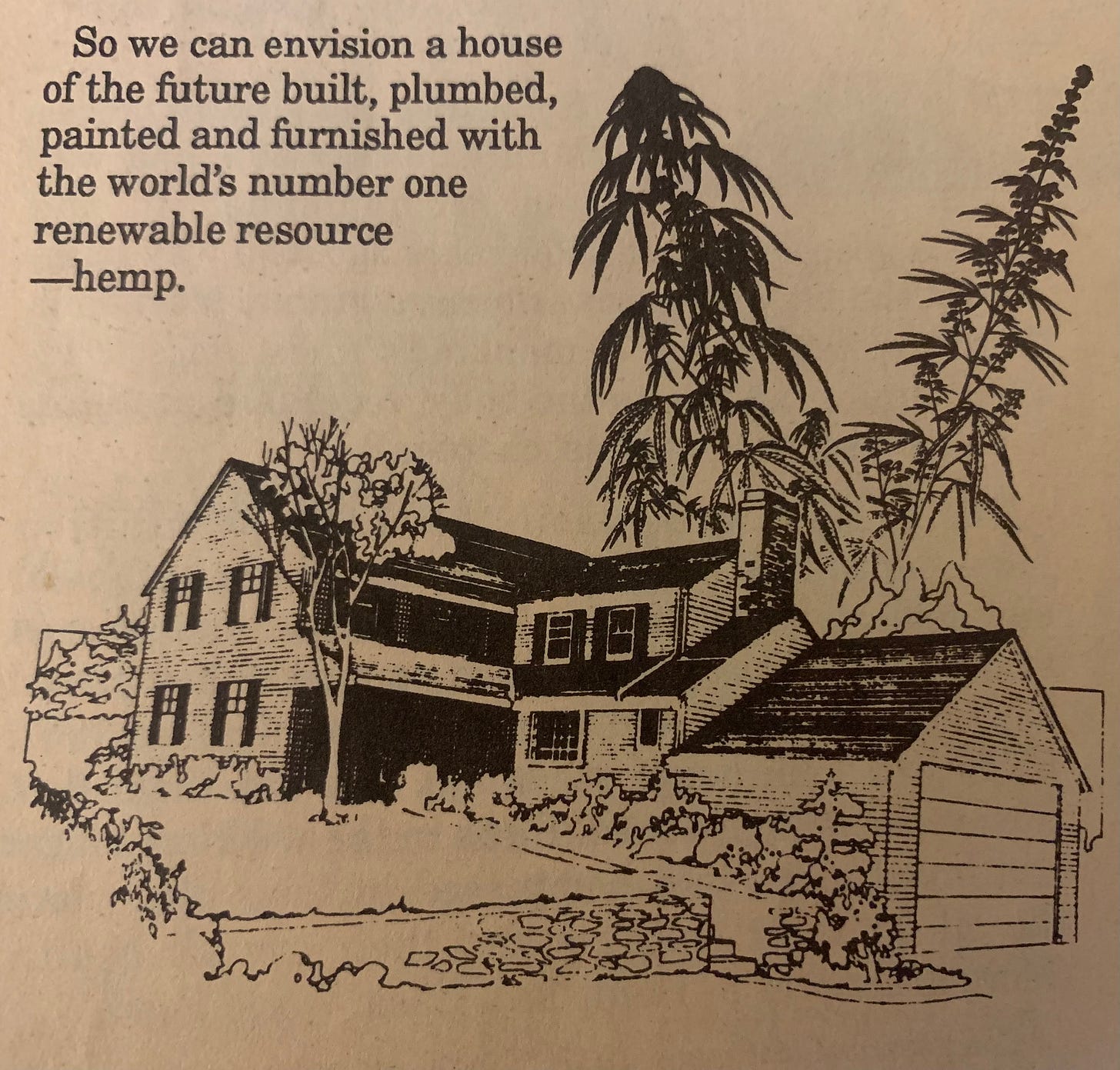Overlooked and Underestimated
The Role Hemp Has To Play In The Fight Against Climate Change And Why The Time Is Now
Ever since the re-legalization of growing industrial hemp in the 2018 Farm Bill, the U.S. hemp market has been focused almost entirely on the cultivation of CBD and other cannabinoids. Here’s why that is only the tip of the iceberg of what’s to come.
Hemp is by far the most versatile, renewable, and inherently beneficial natural resource to meet the demands of modern consumerism. In reference to building materials, a report from the U.S. Department of Agriculture in 1916 stated that one acre of hemp produces as much cellulose fiber pulp as 4.1 acres of trees. Hemp is also able to be harvested multiple times per year, whereas trees generally take at least 20 years to be ready for harvest, and sometimes much longer.
Construction is a great industry to increase consumer demand for hemp products, which will produce several byproducts to be used in other industries. This will create demand for more processing facilities and hemp to be grown, causing a domino effect that will drive down the price of hemp overall, making it a much cheaper option, in addition to directly helping the environment.
Once hemp is readily available and more affordable, it will be able to curb the use of petroleum, lumber, cotton, and other materials that are energy and chemically intensive to utilize. Hemp can be grown just about anywhere, and will need processing and manufacturing facilities nearby to be efficient, which will help to strengthen local economies worldwide.
The reason this is yet to happen is because of the demonization of the “marijuana” plant by industrialists in the early 20th century, which was used as a scapegoat to make industrial hemp illegal. Without hemp, we would be much more dependent on petroleum especially, along with other large companies at that time who wanted to negate any competition.
Now that industrial hemp is finally legal to grow again in the U.S., and hempcrete is a part of the ICC Code book, this vision is closer than ever to becoming a reality. A lot of farmers got burned at the beginning of the new hemp laws because of the boom and bust of the CBD industry. Also, we only have a handful of processing facilities in the U.S. at the moment, but that is changing and more are being built. Processing has been the main bottleneck in the industry so far from my understanding, but the more processors, the closer we are to moving away from a petroleum based to society, and into a hemp based society.
Thanks for reading,
-Donald Samulski




